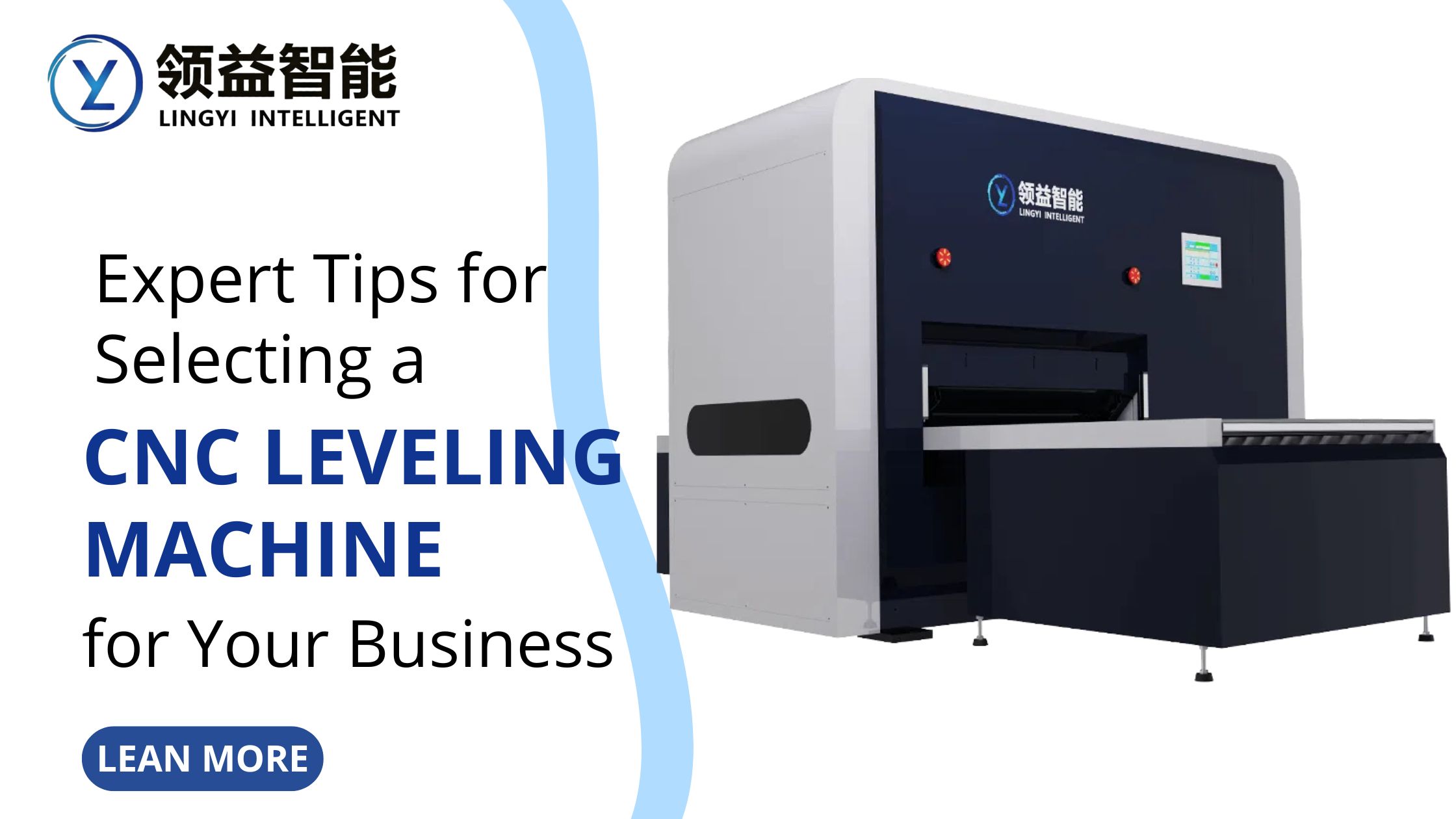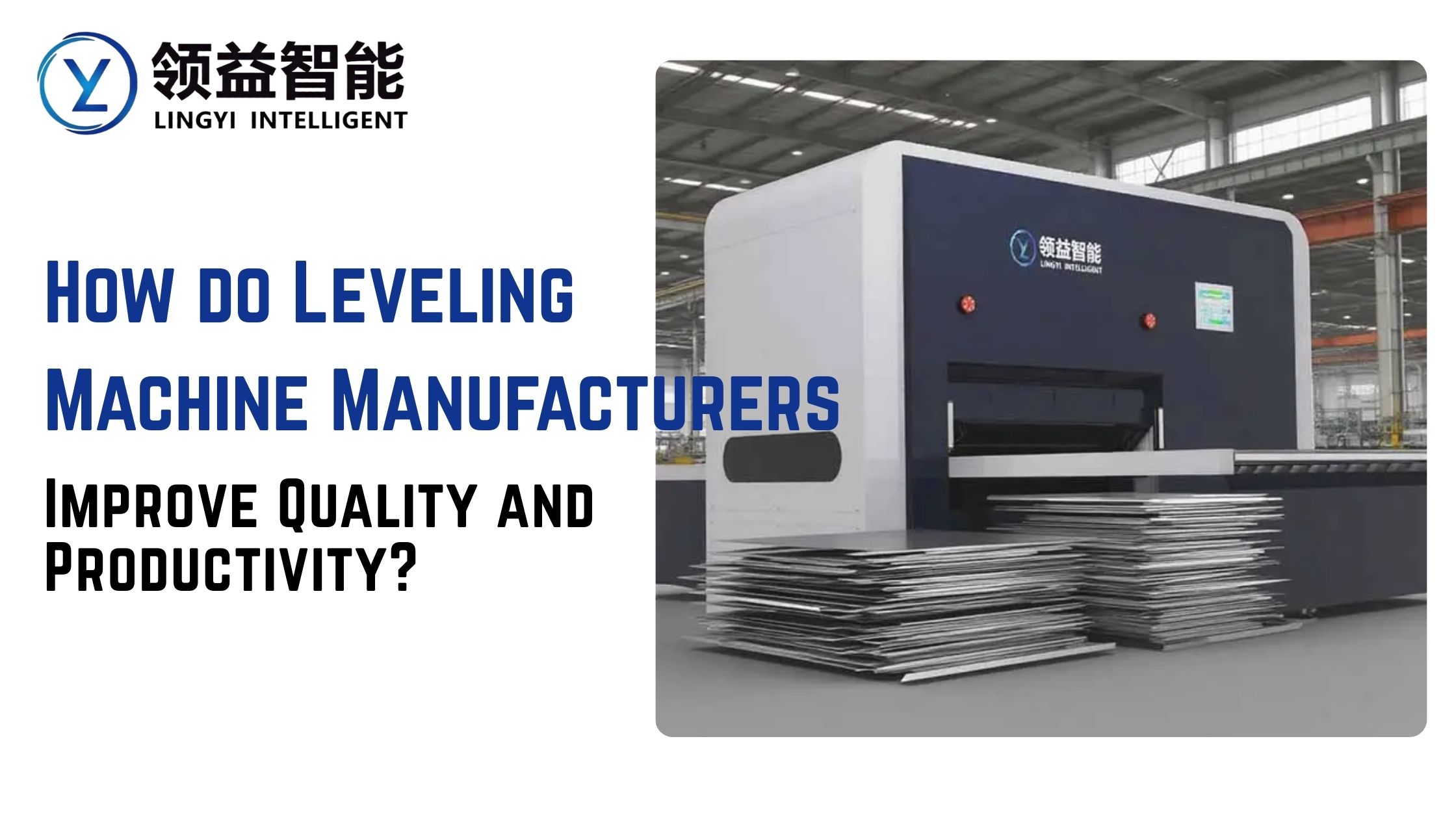When working with metal, one of the biggest challenges is ensuring precision. Raw metal often arrives in coils or bent forms, making it unsuitable for immediate use in manufacturing. This is where a Straightening Machine for Metal becomes essential. Businesses across construction, automotive, and manufacturing rely on these machines to improve quality, reduce waste, and streamline production. But what exactly makes straightening machines so important, and why should companies invest in them?
Why is Metal Straightening Crucial in Manufacturing?
Metal processing involves multiple steps, and if the material is not straight, it can compromise the accuracy of the final product. A Straightening Machine eliminates bends and warps, giving manufacturers a clean starting point. Straightened material is easier to cut, weld, or shape, which not only saves time but also minimizes errors during production. This helps manufacturers maintain consistent quality, especially when handling bulk orders.
Did you know?
Hydraulic presses can generate forces of up to several thousand tons, making them essential for heavy-duty metal forming.
How Do Straightening Machines Enhance Efficiency?
Many businesses wonder if straightening machines truly improve efficiency. The answer is yes. By using a Steel Straightening Machine, companies can process large volumes of material faster compared to manual corrections. The machine aligns metal with uniform precision, cutting down on rework and reducing downtime.
Additionally, when combined with a cut-to-length machine, straightening becomes part of an integrated production line, making the overall workflow smoother. This level of automation allows workers to focus on other critical tasks, increasing productivity across the entire operation.
What Role Does Accuracy Play in Metal Processing?
Even the smallest deviation in straightness can lead to costly mistakes. For industries such as aerospace, automotive, and construction, accuracy isn’t just preferred—it’s mandatory. A Straightening Machine for Metal ensures that every piece of material meets strict specifications.
Accurate alignment also means fewer rejections, better-fitting components, and higher customer satisfaction. This reliability is one reason why many manufacturers pair straightening machines with an automatic manufacturing machine, ensuring every step in the process is optimized.
Can Straightening Machines Reduce Material Waste?
Material waste is a significant concern for manufacturers, both in terms of cost and sustainability. Bent or warped materials often end up being discarded. With a Steel Straightening Machine, businesses can salvage and utilize metal that might otherwise go to waste.
By improving usability, straightening machines reduce scrap rates and promote eco-friendly practices. This not only saves money but also aligns with modern environmental standards, which is especially important for companies that prioritize sustainable production methods.
Do Straightening Machines Improve Safety in the Workplace?
Handling bent or coiled metal manually can be dangerous. Workers risk injury when trying to straighten heavy steel without the right tools. A Straightening Machine takes over this task, providing a safer and more controlled method.
When integrated with solutions from hydraulic press manufacturers, straightening machines create a safer production environment by automating heavy tasks. This reduces the likelihood of accidents, protecting both workers and equipment.
Are Straightening Machines Cost-Effective?
Investing in a Steel Straightening Machine may seem like a significant upfront cost, but the long-term benefits outweigh the expense. By minimizing waste, increasing efficiency, and reducing manual labor, businesses see a strong return on investment.
Furthermore, a straightening machine helps maintain consistent product quality, which leads to repeat orders and customer trust. For businesses competing in industries where precision is critical, the cost-effectiveness becomes clear.
How Do They Support Custom Manufacturing Needs?
Different industries require different specifications, and a Straightening Machine for Metal can adapt to these needs. Whether it’s preparing steel for structural frameworks or ensuring precision in automotive parts, these machines are versatile enough to handle varied requirements.
Manufacturers often integrate straightening machines into automated lines, alongside systems like an automatic manufacturing machine, to create custom solutions tailored to specific projects. This flexibility makes straightening machines invaluable for companies seeking scalable operations.
What Should You Look for in a Straightening Machine?
Choosing the right machine depends on the type of metal, thickness, and volume of production. Here are key factors to consider:
- Material Type – Always check if the machine is compatible with different grades of steel or other metals. This ensures flexibility in handling diverse projects without limitations.
- Capacity – The machine’s capacity should align with your production demands. Choosing the right size prevents bottlenecks and maximizes efficiency.
- Automation Level – Opting for higher automation can significantly save time and reduce manual effort. However, it may require a bigger initial investment.
- Durability – Select models built with long-term industrial use in mind. Durable machines reduce downtime and offer consistent performance over the years.
- Integration Options – Ensure the machine can integrate with existing systems, like a cut to length machine. This allows a smoother workflow and better production synergy.
Bringing Everything Together for Smarter Manufacturing
Straightening machines are more than just tools; they are solutions that drive quality, efficiency, and safety in metal processing. From reducing waste to enhancing precision, their role in modern manufacturing is undeniable. As industries continue to evolve, the importance of machines that deliver consistency and reliability will only increase.
For businesses looking to maintain a competitive edge, adopting a Straightening Machine for Metal or a Steel Straightening Machine is no longer optional—it’s essential. And when paired with other advanced equipment, such as automatic manufacturing device or systems developed by hydraulic press factories, they help build a future-ready production line.
If you’re considering upgrading your operations, investing in advanced straightening technology could be the key step that transforms your efficiency and output. For premium solutions designed to meet these needs, you can explore what imachine has to offer.
Key Takeaways:
- A Straightening Machine improves efficiency, accuracy, and safety in metal processing.
- Businesses benefit from reduced waste and higher consistency with a Steel Straightening Machine.
- Integrating straightening machines with automation, like a cut-to-length machine, enhances workflow.
- Investing in quality machines leads to cost savings and long-term customer satisfaction.
- Straightening technology supports sustainability and keeps manufacturing competitive.
Frequently Asked Question
Q1. What industries use straightening machines most?
Industries like automotive, aerospace, construction, and heavy machinery manufacturing rely heavily on straightening machines.
Q2. Can straightening machines handle different types of metal?
Yes, most machines are designed to work with various grades of steel and other metals, depending on their capacity.
Q3. How does a straightening machine save costs?
It reduces waste, minimizes rework, and improves efficiency, leading to long-term savings.
Q4. Is manual straightening ever a better option?
Manual straightening is slower, less accurate, and less safe compared to automated solutions. Machines are the better choice for industrial use.
Q5. How do I know which straightening machine is right for my business?
Evaluate your production volume, material type, and integration needs. Consulting with experts or suppliers ensures you get the best fit.



